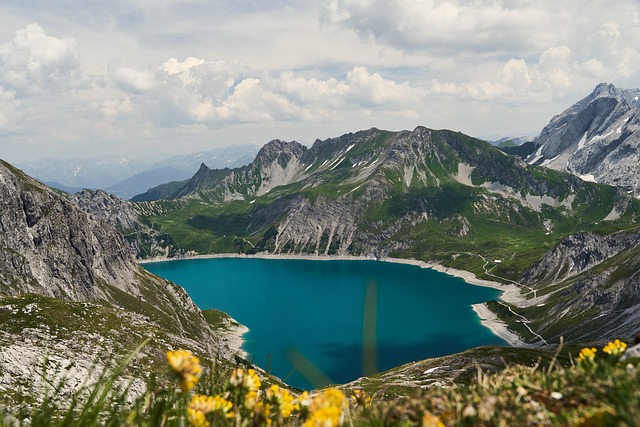1. Cultural Highlights
-
Tourism in Austria

Exploring Vienna: Culture, History, and Cuisine
Vienna, the capital of Austria, is a city that seamlessly blends rich history, vibrant culture, and culinary delights. Known for…
Read More »

Vienna, the capital of Austria, is a city that seamlessly blends rich history, vibrant culture, and culinary delights. Known for…
Read More »